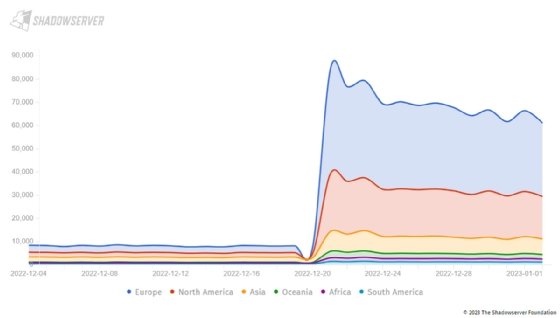Sonic Foundry’s Global Learning Exchange™ Announces Partnership with EC-Council University
Partnership will provide Global Learning Exchange students with access to globally recognized cyber security certification programs.
Sonic Foundry, Inc. (NASDAQ: SOFO), the trusted leader in video capture, management and streaming solutions, today announced that its Global Learning Exchange™ (GLX) business, which provides students around the world with cost-effective, locally supported access to top-tier online learning solutions, has finalized a partnership agreement with EC-Council University (ECCU), the education arm of The International Council of Electronic Commerce Consultants (EC-Council) and the globally-recognized leader in cyber security education and technical certification.
This partnership will provide Global Learning Exchange students with access to an extensive menu of cyber security certifications, including Certified Ethical Hacker, Certified Network Defender, and Certified Hacking Forensic Investigator. These certifications are endorsed by the U.S. National Security Agency (NSA), the Committee on National Security Systems (CNSS), and other leading security bodies, ensuring that students who successfully complete their coursework will enter the market with a widely recognized credential in one of the world’s fastest-growing job sectors. Additionally, ECCU certifications are often transferable as course credits for Bachelors and Masters-level degree programs in cyber security and computer science.
Sonic Foundry CEO Joe Mozden, Jr. commented, “From day one, Global Learning Exchange has focused on providing students with access to future-oriented, career-focused education programs. Cyber security is one of the fastest-growing fields in the global job market, and ECCU clearly represents the global standard for cyber security education. We are thrilled to announce ECCU as an official Global Learning Exchange partner and we can’t wait to introduce prospective students to its rich variety of certification programs.”
ECCU President Lata Bavisi added, “Today’s cyber workforce is sorely under-resourced. Industry estimates indicate that the number of unfilled jobs in cybersecurity will continue to increase. By partnering with GLX, EC-Council…





